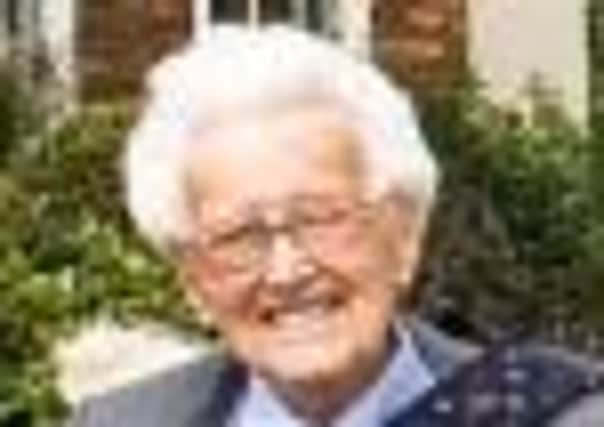Peter Young


Born in Boston, Lincolnshire, Peter Young went to the town’s grammar school and saw active service during the Second World War, serving in the Royal Naval Volunteer Reserve (RNVR) from 1942 to 1946. He went on to read Natural Sciences at St Catharine’s College, Cambridge, and to complete a PhD in Metallurgy.
He left Cambridge in 1954 to take up a post at the Imperial Smelting Corporation in Avonmouth, and the following year, he joined Head Wrightson, a major engineering company in Teesside, as general manager of research and development. Later he was conspicuously successful as director of research.
Advertisement
Hide AdAdvertisement
Hide AdIn 1965, he was appointed director of the Australian Mineral Development Laboratories (AMDEL) which had been established five years previously to serve the country’s mining and metallurgical industries.
Under his guidance, AMDEL established itself as a leading independent consulting organisation with a world-wide reputation.
Peter Young, who was 86 when he passed away, returned to the UK in 1968 when he was appointed to Leeds as professor and head of the then Department of Applied Mineral Sciences.
He set about strengthening the mining activities of the department, as reflected in its change of name to Mining and Mineral Sciences (later Mining and Mineral Engineering).
Advertisement
Hide AdAdvertisement
Hide AdA galvanising and stimulating presence, and a scientist of exceptional accomplishment, Professor Young initiated, fostered or reinvigorated research across a remarkably wide range.
He published extensively. His enthusiasm extended to his undergraduate teaching, including a first-year computing course. He also organised the surveying of newly-discovered Roman sewers beneath York and the construction of a Roman surveying device.
He nurtured the development of new degree programmes, including Quarry Engineering and Minerals Surveying, and it was a tribute to the scientific strength and breadth he had engendered that when it was decided at national level to combine his department with its Newcastle equivalent, the merged entity was located at Leeds.
He initiated many overseas connections and collaborations, including a fruitful link with the University of Guyana.
Advertisement
Hide AdAdvertisement
Hide AdWhen he retired in 1990, he was conferred with the title of Emeritus Professor.
In retirement, he carried out consultancy work, undertook large-scale experiments on limestone calcination and relished complex technical problems well into his eighties.
He was made a Fellow Commoner of St Catherine’s College in April 2006, and was asked by the Duke of Edinburgh, Chancellor of the University of Cambridge, to join an advisory committee.
He also retained his lifetime affection for choral singing, which began as a very young choirboy. At St Catharine’s he had sung in the Chapel Choir and been President of the Music Society; and in Yorkshire had for many years been a member of the Harrogate Chamber Singers. In retirement in Derbyshire, he sang in the Wirksworth Church Choir.
Professor Young’s wife, Margaret, predeceased him, and he is survived by his partner, Margaret Spurr.